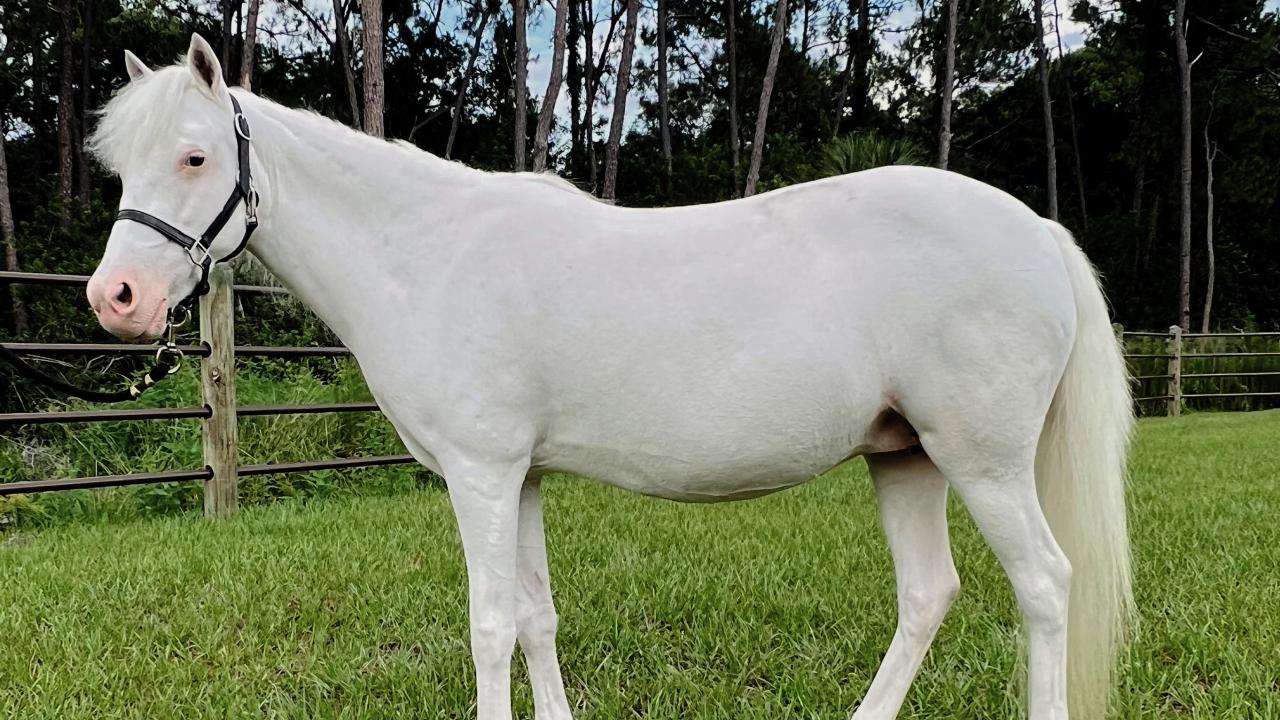
Equine coat color is an important economic trait and, for centuries, horses have been selectively bred for a variety of coat colors and patterns, some of which constitute breed-defining phenotypes. Coat color is also relevant from a health perspective, given that some pigmentation variants have been connected to equine genetic health disorders.
This recent publication consists of the largest study to date investigating pigmentation variants in horses. Twenty-nine genetic variants that determine base coat color, dilution and white patterning were investigated in 11,281 horses from 28 breeds. Several variants were identified in breeds not previously reported and this information can help guide mate selection for desired coat colors.
The allele causing dominant white 20 (W20) was found in 25 of the breeds studied, only some of which are selected for white spotting. Therefore, additional work is needed to better understand the precise role of W20 in pigmentation across horse breed. Additionally, this study determined that horses homozygous for splashed white 2 (SW2) are rare, with only 9 homozygous horses identified. While rare, these data also support that SW2/SW2 horses are not embryonic lethal. Homozygosity for sabino 1 was also found to be rare, with only six horses identified with this genotype.
Since some coat color variants have been linked to health traits, understanding breed-specific allele frequencies can help guide recommendations and utilization of genetic testing in mate pair selection.
Read the full study here: https://www.mdpi.com/2073-4425/13/9/1641/htm
